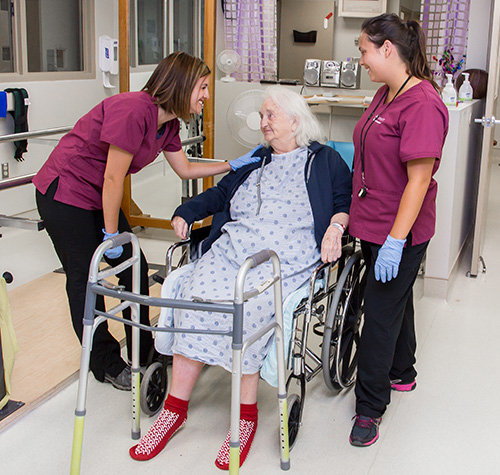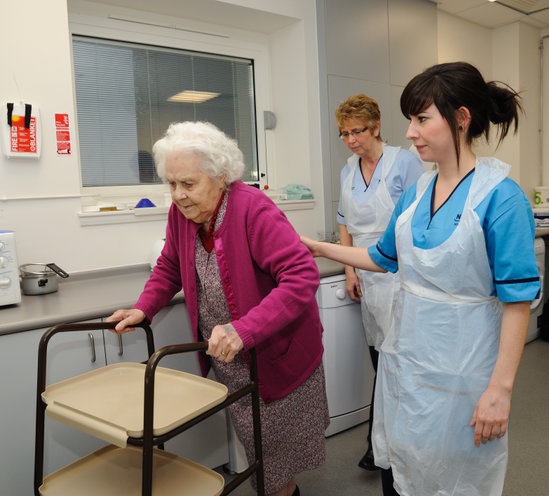

Physiotherapy is a vital part of the recovery process for those who suffered a disability from an injury, disease or illness. The role of the physiotherapist is to work with their patient to provide them with exercises, stretches and other modalities to help recover from injury, reduce pain, increase mobility, and improve their overall muskuloskeletal system. We will go into further detail on the specifics and roles of the types of therapists that are often involved in in the rehabilitation process from when someone suffers a disability from an injury, disease or illness
There are many types of therapists, each with their own focus and specialty . Some are more common than others, but knowing the difference could be helpful so you understand their roles to help you be more efficient if you ever need to seek their services

The ARMM is a physiotherapy tool that can help patients with their rehabilitation. It is an excellent way to increase mobility by allowing the patient to walk more independently and in a safer manner. By having the wheelchair attached, therapists can increase their frequency of patient visitations since they may not have to rely on a second therapist or assistant to follow them with the wheelchair when practicing ambulation training. In addition with the drop down legs patients can complete exercises such as squats, heel & toe raises, sit-to-stand, marching on the spot and many more, all while using the upper bars for support and safety.
Occupational therapists can use the ARMM device for patient transfers and as a support system for completing tasks of daily living. For example with the drop down legs a patient can transfer to surfaces such as counters, sinks, tables and many others all while using the ARMM and having it be both a lateral and posterior support system to offer balance and security that the wheelchair is always behind them.
Research has shown that patients suffering from a variety of disabilities from an injury, disease or illness all benefit from use of the ARMM device, it is an innovative piece of equipment that can be used in rehabilitation programs to help patients improve their mobility and gain the independence they once had. So, what are you waiting for?

The A.R.M.M. device helps a variety of Individuals including those suffering from: